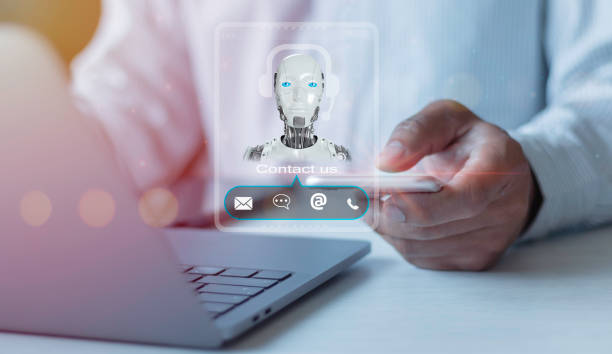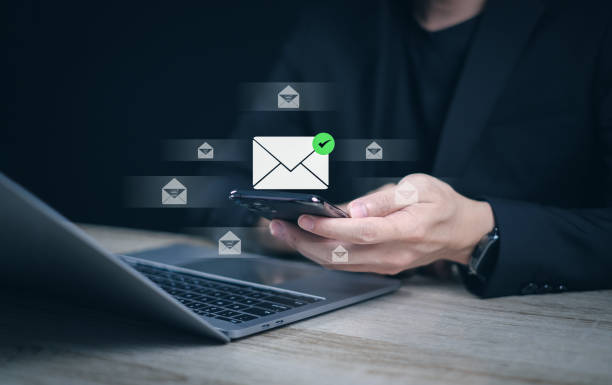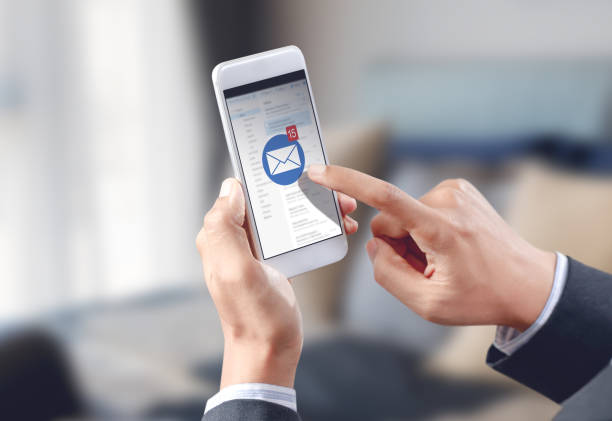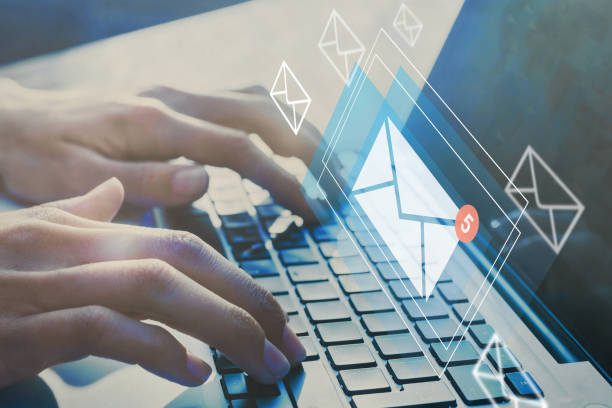Have you ever wished for a way to save time while still delivering personalized experiences to clients and prospects? Email automation can do just that—and more. For agencies juggling multiple clients, managing complex campaigns, and striving to deliver results, email automation for agencies is a game-changer.
Imagine having the power to send targeted, data-driven emails that engage your audience, nurture leads, and improve ROI—all while freeing up valuable time for your team. Sounds great, right? So, this guide will take you step-by-step through how email automation works, why it matters, and how you can implement it effectively for your agency.
What Exactly Is Email Automation? – Email Automation for Agencies
Email automation refers to the use of software to send emails to the right audience at the right time, based on specific triggers, actions, or schedules. Unlike manual email marketing, automated emails are pre-designed to react to user behavior, ensuring relevance and timeliness.
For agencies, this means you can:
- Provide consistent, personalized communication without lifting a finger.
- Scale your efforts across multiple clients efficiently.
- Focus on strategic tasks while automation handles the repetitive ones.
How It Works
- Trigger-Based Emails: Emails sent based on user actions like signing up, making a purchase, or abandoning a cart.
- Scheduled Emails: Pre-set campaigns delivered at specific intervals (e.g., newsletters, updates).
- Behavioral Targeting: Emails tailored to audience preferences and interactions.
Why Email Automation Is Essential for Agencies – Email Automation for Agencies
Email automation is essential for agencies because it streamlines communication, improves efficiency, and delivers personalized, timely messages that drive engagement and results for multiple clients.
1. It Saves Time and Resources
Agencies manage multiple clients, each with their own goals, target audiences, and campaigns. Moreover, manually sending emails for all clients is time-consuming and error-prone. Automation allows you to handle more clients without sacrificing quality.
2. Delivers Better Personalization
Personalized emails drive higher engagement. Also, automation tools use segmentation and dynamic fields to create tailored messages for each recipient, making them feel valued.
3. Increases Conversion Rates – Email Automation for Agencies
Automated emails are timely and relevant, which often leads to higher open and click-through rates. For instance, sending a well-timed follow-up email after someone downloads a client’s eBook can lead to more conversions.
4. Boosts Client Retention
Keeping your clients happy is just as important as acquiring new ones. Also, automated performance updates or milestone emails can show clients you’re on top of their campaigns, enhancing trust.
5. Ensures Consistent Communication
With automation, you never miss a beat. Your clients or prospects will always receive the right message, even when you’re busy with other tasks.

Breaking Down the Benefits for Agencies – Email Automation for Agencies
Breaking down the benefits for agencies, email automation not only saves time and resources but also enhances client relationships, boosts conversions, and scales campaigns effectively.
1. Cost Efficiency
By automating repetitive tasks, you reduce the need for additional manpower. This allows agencies to allocate resources to other high-impact areas like creative development or client acquisition.
2. Improved ROI for Clients
When campaigns are precise and timely, they yield better results. Agencies can showcase these improved metrics to their clients, justifying their fees and enhancing client satisfaction.
3. Scalability Made Simple – Email Automation for Agencies
As your agency grows, managing multiple clients becomes more challenging. Automation tools make it easy to expand your operations without stretching your team too thin.
4. Faster Turnaround Times
Clients appreciate speed. Automating routine email campaigns ensures timely delivery, enabling your team to work faster and meet deadlines more effectively.
5. Detailed Analytics and Reporting
Automation platforms provide data on metrics such as open rates, click-through rates, and conversions. This allows you to refine strategies, demonstrate value to clients, and optimize future campaigns.
How to Craft an Effective Email Automation Strategy – Email Automation for Agencies
Crafting an effective email automation strategy involves setting clear objectives, mapping the customer journey, and using segmentation to deliver personalized, timely messages that drive results.
Step 1: Identify Key Objectives
Start by defining what you aim to achieve. Here are a few examples:
- Generate leads for your agency.
- Nurture prospects for clients.
- Drive sales for a new product launch.
Step 2: Map Out the Customer Journey
Understand how your audience interacts with your emails. Map out touchpoints, from initial awareness to conversion, and design your automation sequences accordingly.
Step 3: Segment Your Lists
Effective email automation relies on segmentation. Break down your audience into groups such as:
- Demographics: Age, location, job title, etc.
- Behavior: Past purchases, website visits, or email interactions.
- Client Goals: Tailor campaigns to align with specific objectives, like lead generation or product promotion.
Step 4: Choose the Right Tools – Email Automation for Agencies
Invest in a platform that fits your agency’s needs. Top tools include:
- HubSpot: Great for CRM integration and all-in-one marketing.
- ActiveCampaign: Offers advanced automation and segmentation.
- Mailchimp: Perfect for small-to-medium-sized agencies with its user-friendly interface.
Step 5: Create Quality Content
Content is the backbone of your emails. Focus on delivering value through:
- Educational content like blogs or eBooks.
- Personalized offers or discounts.
- Compelling subject lines and CTAs.

Automation Campaigns Every Agency Should Master – Email Automation for Agencies
Automation campaigns every agency should master include welcome, nurture, promotional, client update, and re-engagement campaigns, each designed to enhance customer experience and drive conversions.
Welcome Campaigns
First impressions matter. Set up a series of automated emails to welcome new subscribers or clients and guide them through your services.
Nurture Campaigns
Lead nurturing emails are designed to build trust and guide prospects down the funnel. Share case studies, testimonials, or useful insights.
Promotional Campaigns
Automate special offers, seasonal discounts, or new service launches to generate excitement and drive sales.
Client Updates – Email Automation for Agencies
Keep clients informed about campaign progress with automated performance reports or milestone updates.
Re-engagement Campaigns
Don’t let leads or clients go cold. Use automation to send re-engagement emails with incentives or fresh content to spark interest.
Best Practices for Effective Email Automation for Agencies
Best practices for effective email automation involve personalizing content, continuously testing and optimizing campaigns, and monitoring performance to ensure maximum engagement and results.
1. Keep It Personal
Use the recipient’s name, past interactions, or other personalization tokens to create emails that feel human.
2. Test, Test, Test
Run A/B tests to determine what works best for your audience—whether it’s subject lines, CTAs, or email designs.
3. Optimize for Mobile
Over 50% of emails are opened on mobile devices. Ensure your emails are mobile-friendly.
4. Monitor Performance
Track metrics like open rates, click-through rates, and conversions to measure success and refine strategies.
5. Avoid Over-Automation
While automation is powerful, overusing it can make your emails feel robotic. Balance automation with occasional manual, personalized outreach.

Advanced Automation Techniques for Email Automation for Agencies
Dynamic Content
Use dynamic content to create emails that change based on the recipient’s preferences, behaviors, or demographics.
Event-Triggered Emails
Set up triggers for specific actions, such as cart abandonment or content downloads, to deliver timely messages.
Multi-Channel Integration
Combine email automation with SMS, social media, or chatbots to create a seamless omnichannel experience.
Future Trends in Email Automation for Agencies
- AI-Driven Insights
Automation tools are increasingly leveraging AI to provide predictive analytics, content suggestions, and hyper-personalized campaigns. - Interactive Emails
Expect features like embedded surveys, polls, or carousels to become standard, increasing engagement. - Voice and Video Integration
Emails with embedded audio or video clips are gaining traction, offering a richer user experience. - Enhanced Data Privacy
With evolving regulations, automation tools will prioritize features that ensure compliance with global data protection laws.
Conclusion: Email Automation for Agencies
Email automation is no longer optional—it’s a necessity for agencies that want to stay competitive, save time, and deliver outstanding results. It empowers you to nurture leads, engage clients, and drive measurable outcomes without overburdening your team.
Ready to take your email marketing strategy to the next level? Start small, refine your approach, and let automation unlock your agency’s full potential.
CTA: Looking to implement email automation in your agency? Get in touch with us today for a free consultation and start transforming your workflow!








